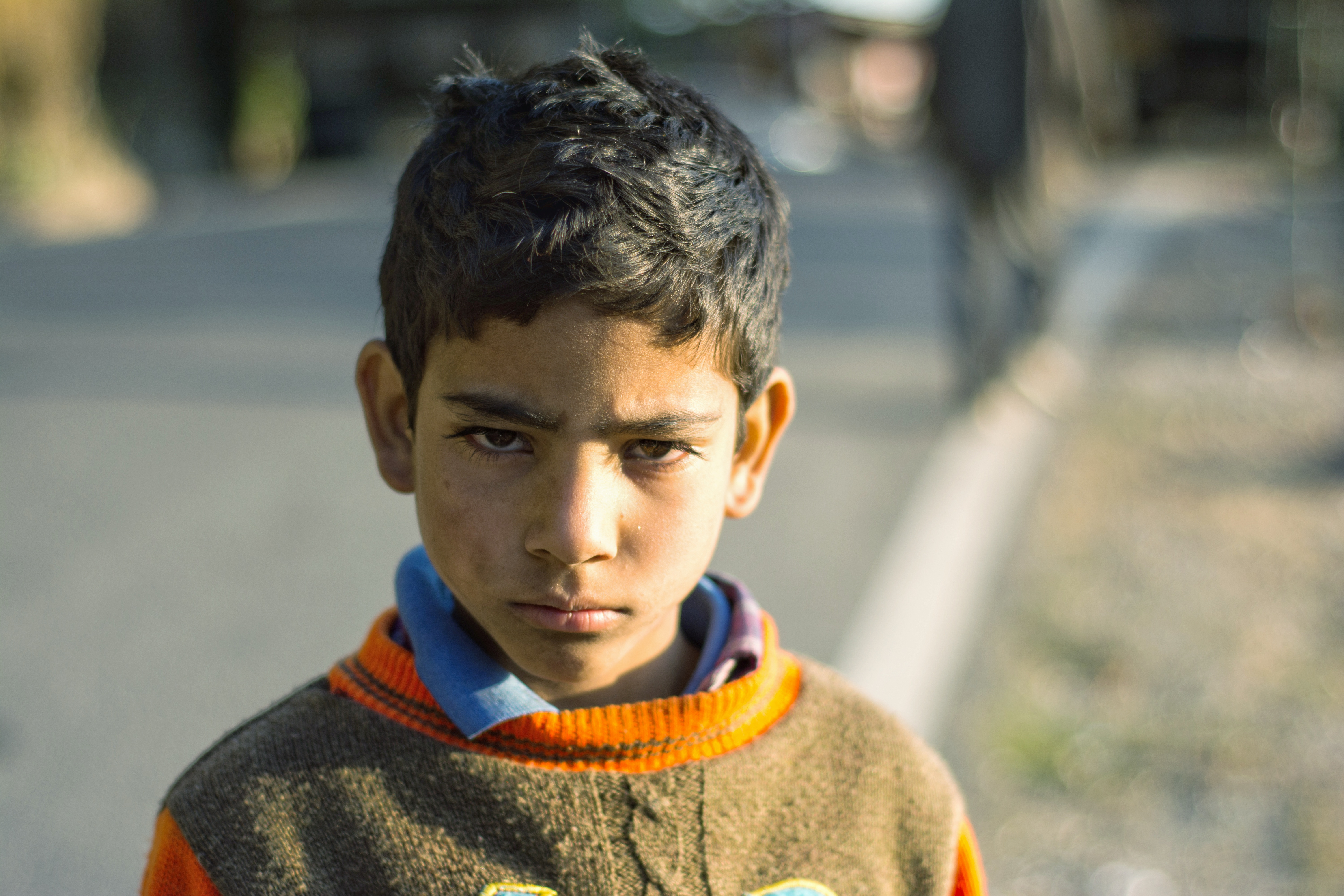Meghalaya has recorded a high percentage of stunting among children from birth to four years of age, the Comprehensive National Nutrition Survey (CNNS) 2016-2018 has found.
The survey is the first nationally representative nutrition survey of children and adolescents in India.
Under the survey, there were 65 primary sampling units, 3,900 target sample size for household survey and anthropometric measurements, and 1950 target sample size for biological sample collection. The age groups range from birth to 19 years.
The findings state that in Meghalaya, 40.4 per cent of children from birth to 4 years suffer from stunting while the national average is around 35 per cent.
In fact, Meghalaya is just below Bihar (42 per cent) when it comes to the percentage of prevalence of stunting among children in the age group.
A number of the most populous states, including Bihar, Madhya Pradesh Rajasthan and Uttar Pradesh had a high (37per cent to 42 per cent) stunting prevalence.
The lowest prevalence of stunting (16 per cent to 21 per cent) was found in Goa and Jammu and Kashmir.
A higher prevalence of stunting in under-fives was found in rural areas (37 per cent) compared to urban areas (27 per cent).
Moreover, children in the poorest wealth quintile were more likely to be stunted (49 per cent), as compared to 19 per cent in the richest quintile.
Stunting or low height-for-age is a sign of chronic under-nutrition that reflects failure to receive adequate nutrition over a long period and is also affected by recurrent and chronic illness. Children are defined as stunted if their height-for-age is more than two standard deviations below the WHO Child Growth Standards median (WHO, 2009).
Moreover, the survey found out that overall, 17 per cent of children between birth and four years were wasted. High prevalence states included Madhya Pradesh, Bengal, Tamil Nadu and Jharkhand. The prevalence of wasting in these states was around 20 per cent. Meghalaya recorded 15 per cent of stunting.
The states with the lowest prevalence of under-five wasting were Manipur, Mizoram and Uttarakhand (six per cent each).
A higher proportion of children under five years of age in the poorest wealth quintile were wasted (21 per cent) compared to those in the highest wealth quintile (13 per cent).
Wasting, or low weight-for-height, is a measure of acute under-nutrition and represents the failure to receive adequate nutrition leading to rapid weight loss or failure to gain weight normally.
Overall, the findings report that 35 per cent among children under five were stunted, 17 per cent were wasted, 33 per cent were underweight.
Moreover, in school-age children (five to nine years), the survey revealed that 22 per cent of children were stunted, 10 per cent were underweight, 23 per cent were thin, four per cent were obese or overweight.
In the age group of 10 to 19 years, 24 per cent of adolescents were thin for their age, five per cent were overweight or obese.
To provide robust data on the shifting conditions of both under-nutrition and overweight and obesity, the Union ministry of health conducted the survey to collect a comprehensive set of data on nutritional status of children from birth to 19 years of age.
This survey was the largest micronutrient survey ever implemented globally.
It also used gold standard methods to assess anaemia, micronutrient deficiencies and biomarkers of non-communicable diseases for the first time in India.










